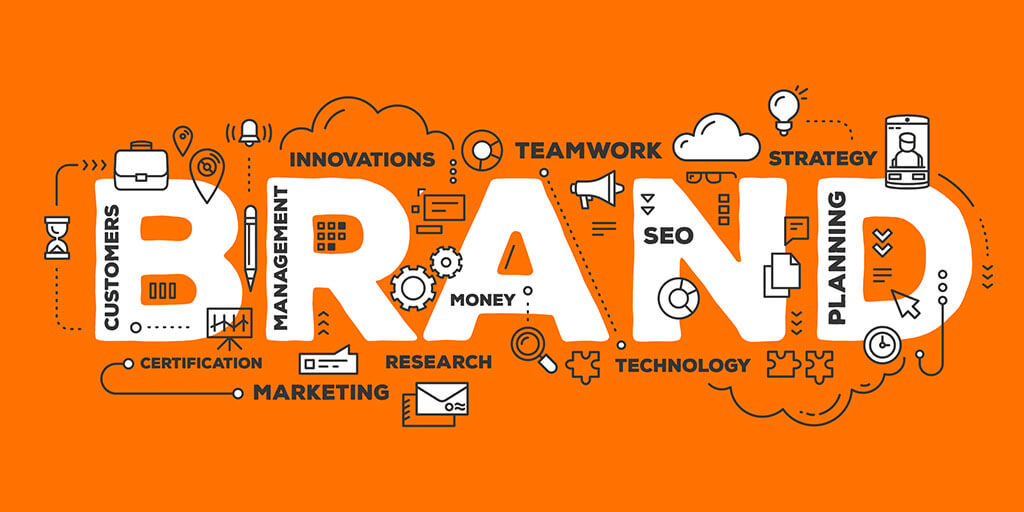How to Stand Out and Be Trusted When the Market Is Blowing Up
It’s 7:42 a.m. and you’re halfway through your first coffee when you open Instagram. Three ads, two influencer promos, and a carousel of “must-have” products later, you can’t remember a single brand name you just saw. And that’s the problem: in today’s attention economy, most brands are forgettable background noise.
But every now and then, one cuts through. Not with flashy gimmicks or desperate sales tactics, but with something far rarer — trust.
Last month, a client of mine in the wellness space quietly launched a new product line. No countdown timers, no “only 24 left” banners. Instead, they emailed their subscribers with a heartfelt story about why they developed the product, how they sourced the ingredients, and what problem they wanted to solve. The result? Their launch-day sales beat projections by 47% — without a single paid ad. Why? Because their audience believed them.
Why Trust Matters Now More Than Ever
In 2025, trust is the ultimate differentiator. Social feeds are saturated, competition is brutal, and audiences are savvier than ever. Consumers can spot inauthenticity faster than a typo in a headline. A single misstep — a tone-deaf campaign, a hidden fee, an unkept promise — can go viral for all the wrong reasons.

This isn’t just theory. Edelman’s Trust Barometer consistently shows that trust now ranks higher than price or even product features for many consumers. People would rather pay more for a brand they feel confident in than risk disappointment with a cheaper, unknown alternative.
And here’s the kicker: trust isn’t built in a campaign. It’s built in a pattern. Every customer service reply, every product experience, every delivery notification — all of it either reinforces or erodes confidence in your brand.
The Building Blocks of Brand Trust
1. Radical Transparency
Customers don’t expect perfection, but they do expect honesty. If there’s a delay, own it. If you made a mistake, explain it and outline the fix. When Buffer — the social media management platform — accidentally exposed some user passwords in 2024, they sent a clear, timely email explaining the incident, the immediate steps taken, and how they were preventing it in the future. Users praised them for the way they handled it, and retention barely took a hit.
2. Consistent Delivery
Promises are easy to make and easier to break if your operations can’t back them up. Consistency is the quiet, relentless engine of trust. Whether it’s the taste of a coffee blend or the speed of a SaaS platform, reliability breeds loyalty. Think Apple’s customer support or Patagonia’s lifetime warranty — consistency is part of their brand DNA.
3. Human-Centred Communication
Your audience wants to feel seen, not targeted. Avoid jargon-filled corporate speak unless you immediately break it down into human language. If you’re explaining a change in terms of “operational restructuring to optimise synergy,” you’ve already lost them. Instead, focus on how it affects them directly and positively.
4. Values You Can Prove
Brands talk about their “values” all the time — sustainability, inclusivity, community — but most stop at the talking stage. Proving those values through actions is what builds trust. Ben & Jerry’s has never been shy about political advocacy, but they also back it up with initiatives, donations, and transparent impact reports.

Value Takeaway: How You Can Apply This Today
If you want to strengthen trust with your audience, start small and act consistently:
- Audit your customer touchpoints — Are you delivering the same tone, quality, and care in every channel?
- Share your “why” openly — Post about the decisions behind your products, even the tough ones.
- Respond fast and personally — A same-day reply to a customer query says more about your priorities than a month of polished ads.
- Turn mistakes into trust-builders — Address them quickly, own the responsibility, and make it right.
Do this consistently, and over time you’ll find that you don’t have to shout to be heard. People will lean in to listen.
Why This Matters for Your Brand’s Future
The noisy market isn’t going anywhere. In fact, it’s only going to get louder. AI-generated content, influencer overload, and constant product launches are making attention harder to earn and keep. Trust, however, remains stubbornly human. It’s built on relationships, not algorithms.
If your brand can become one of the rare voices customers not only hear but believe, you’re not just winning sales — you’re earning advocates who will amplify your message for free.
That’s the kind of brand worth building. And if you’re ready to take your brand from “just another ad” to “the brand they recommend without hesitation,” this is where the work begins.
Read Also: Brand Archetypes: How to Find and Use Yours

